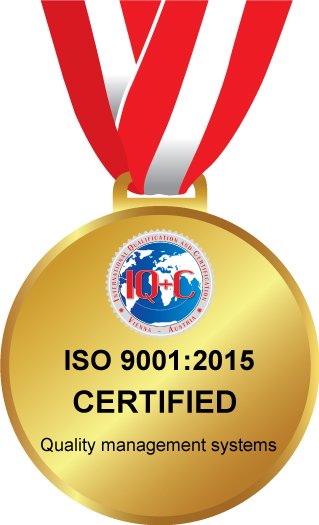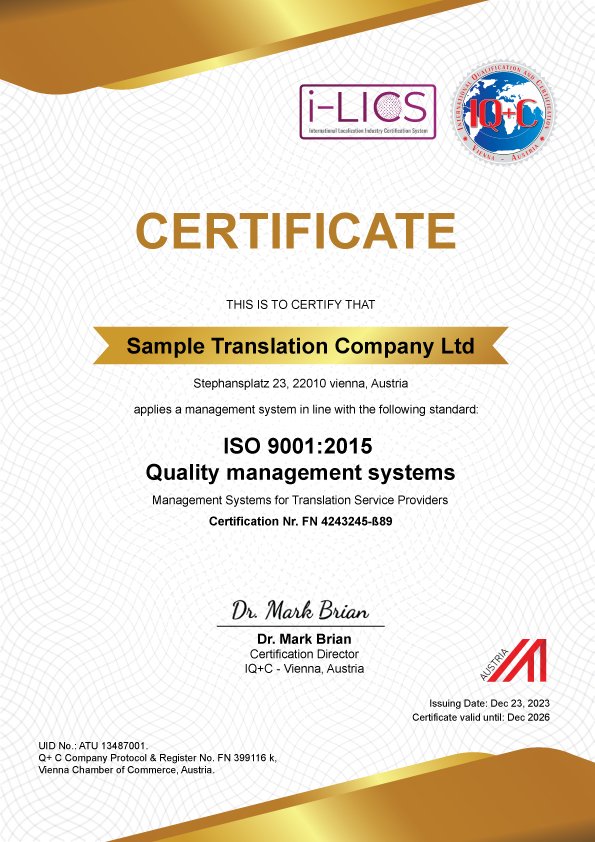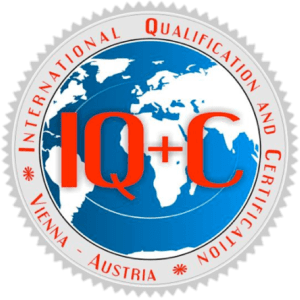ISO 9001:2015 Quality management systems
ISO 9001:2015 is the latest version of the ISO 9001 standard for quality management systems (QMS). This version introduces several changes and improvements over the previous version (ISO 9001:2008) to better align with modern business practices and enhance the ability to provide consistent quality. Here are some key aspects and changes introduced in ISO 9001:2015:
Key Principles of ISO 9001:2015
- Customer Focus: Continually meeting and exceeding customer expectations.
- Leadership: Establishing a unified direction and engaging people.
- Engagement of People: Competent, empowered, and engaged individuals at all levels.
- Process Approach: Understanding and managing interrelated processes for efficient operations.
- Improvement: Ongoing focus on improvement.
- Evidence-Based Decision Making: Decisions based on analysis and evaluation of data.
- Relationship Management: Managing relationships with interested parties for sustained success.
Ready to find out more?
Contact Us and book a strategic meeting to discuss the details of a Certification Audit. This free meeting session is only for organizations, not for freelancers
Major Changes and Enhancements
- High-Level Structure (HLS): The new structure aligns ISO 9001 with other ISO management system standards, making it easier to integrate multiple management systems.
- Risk-Based Thinking: Emphasizes identifying and addressing risks and opportunities, integrating risk management into the QMS.
- Context of the Organization: Requires understanding the organization’s context to effectively manage the QMS.
- Leadership and Commitment: Greater emphasis on leadership engagement and commitment.
- Improved Documentation Flexibility: Less prescriptive about documentation requirements, allowing organizations to decide what documented information is necessary.
- Knowledge Management: Recognizes the importance of organizational knowledge and its management.
- Enhanced Focus on Performance: More emphasis on measuring and evaluating performance.
- Customer Satisfaction: Continual focus on understanding and enhancing customer satisfaction.
Benefits of ISO 9001:2015
-
- Enhanced Customer Satisfaction: By meeting customer requirements consistently.
- Improved Operational Efficiency: Through streamlined processes and continuous improvement.
- Better Risk Management: By identifying and addressing risks proactively.
- Increased Credibility and Competitive Advantage: Demonstrating a commitment to quality.
Implementation Steps
- Gap Analysis: Identify gaps between current practices and ISO 9001:2015 requirements.
- Develop an Action Plan: Create a plan to address gaps and achieve compliance.
- Engage Leadership: Ensure top management is committed and involved.
- Training and Awareness: Train employees and raise awareness about the new standard.
- Update Documentation: Revise or create necessary documentation to meet the new requirements.
- Implement Changes: Apply the changes throughout the organization.
- Internal Audit: Conduct internal audits to ensure compliance and identify areas for improvement.
- Management Review: Perform management reviews to assess the QMS and make decisions on improvements.
- Certification Audit: Undergo an external audit by a certification body to achieve certification.
Certification Milestones
-
Free strategic meeting
-
Your tailored proposal
-
Confirmation
-
Stage 1 Audit date
-
Stage 2 Audit date (Certification)
-
Obtain your Certificate



